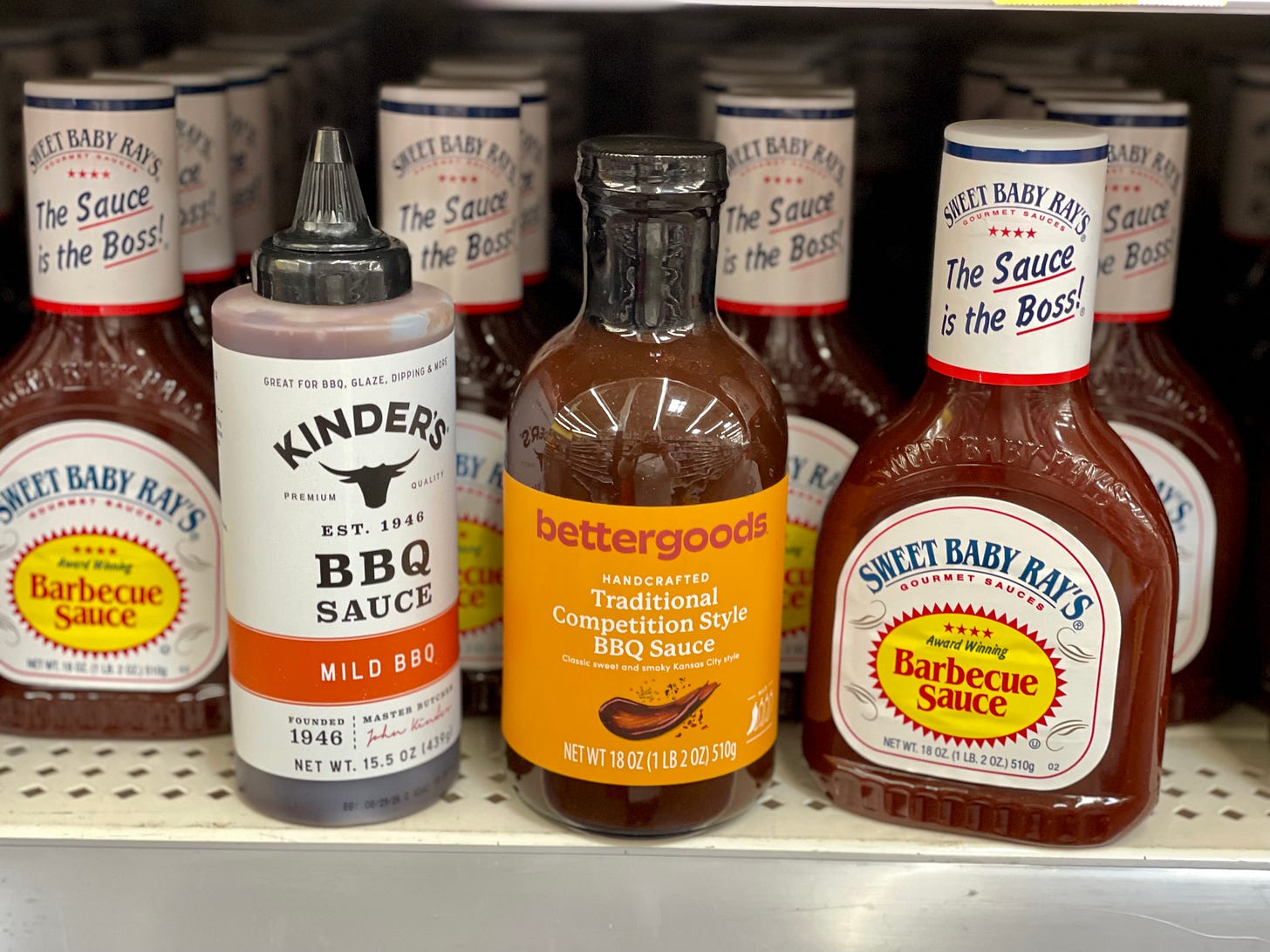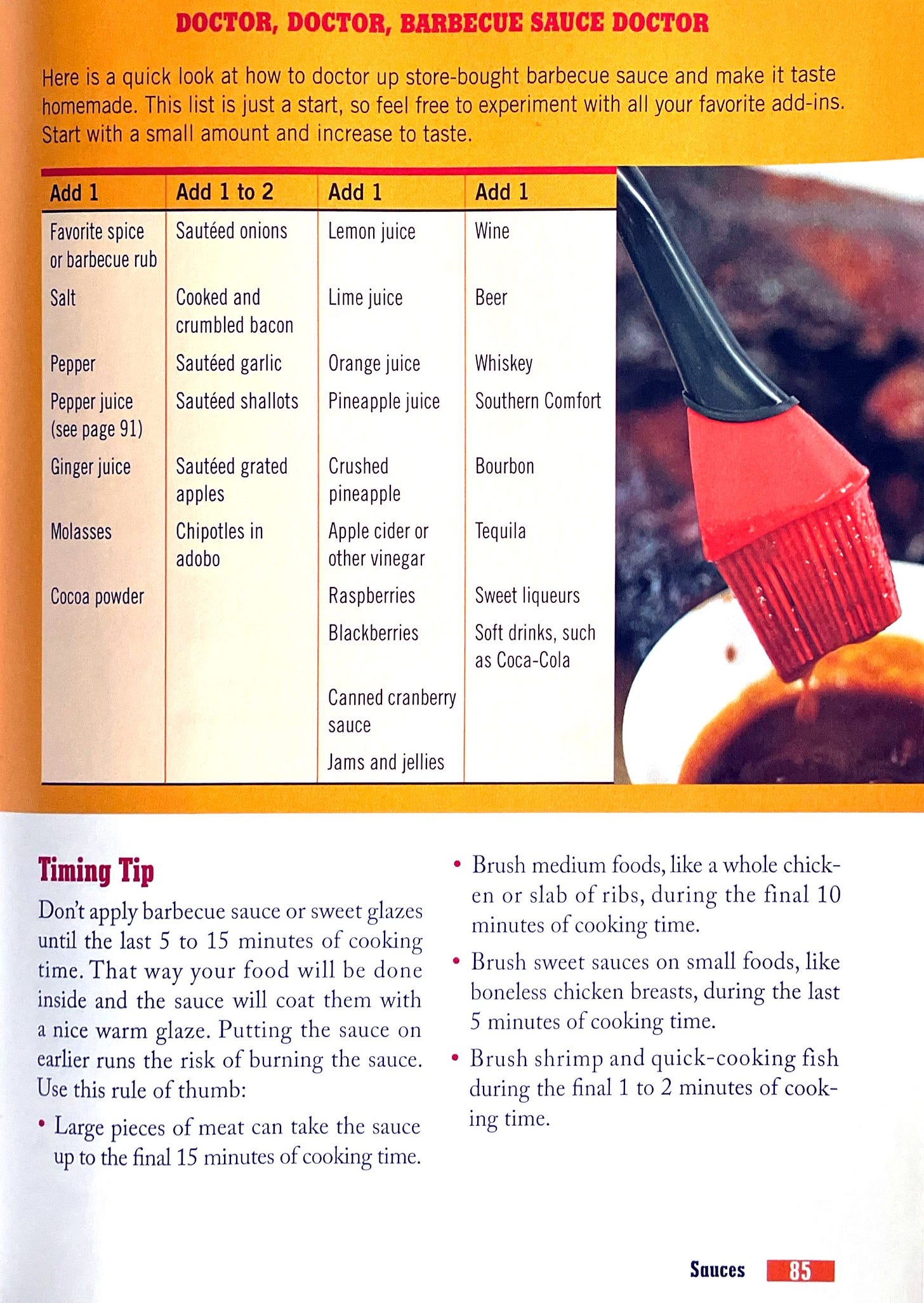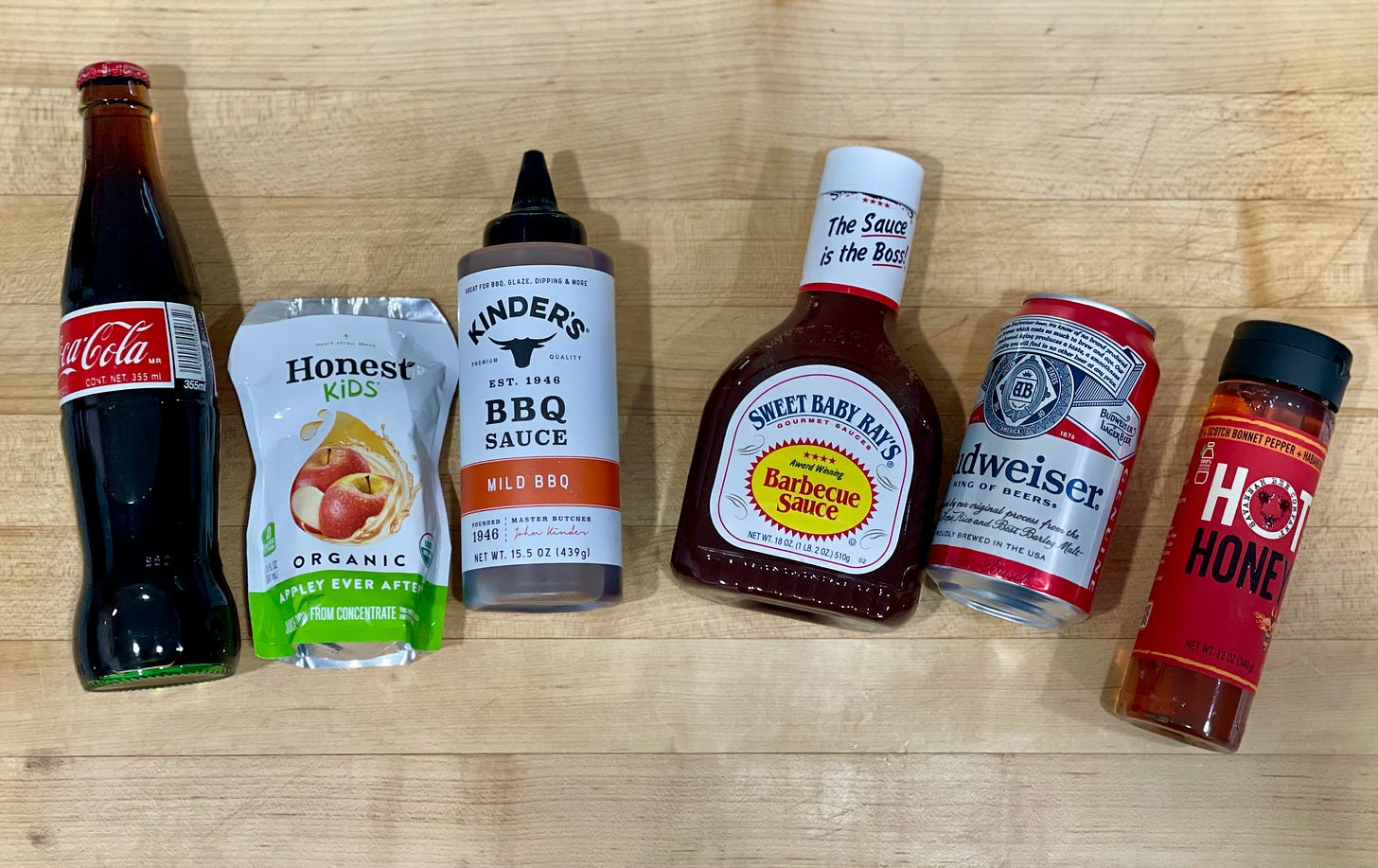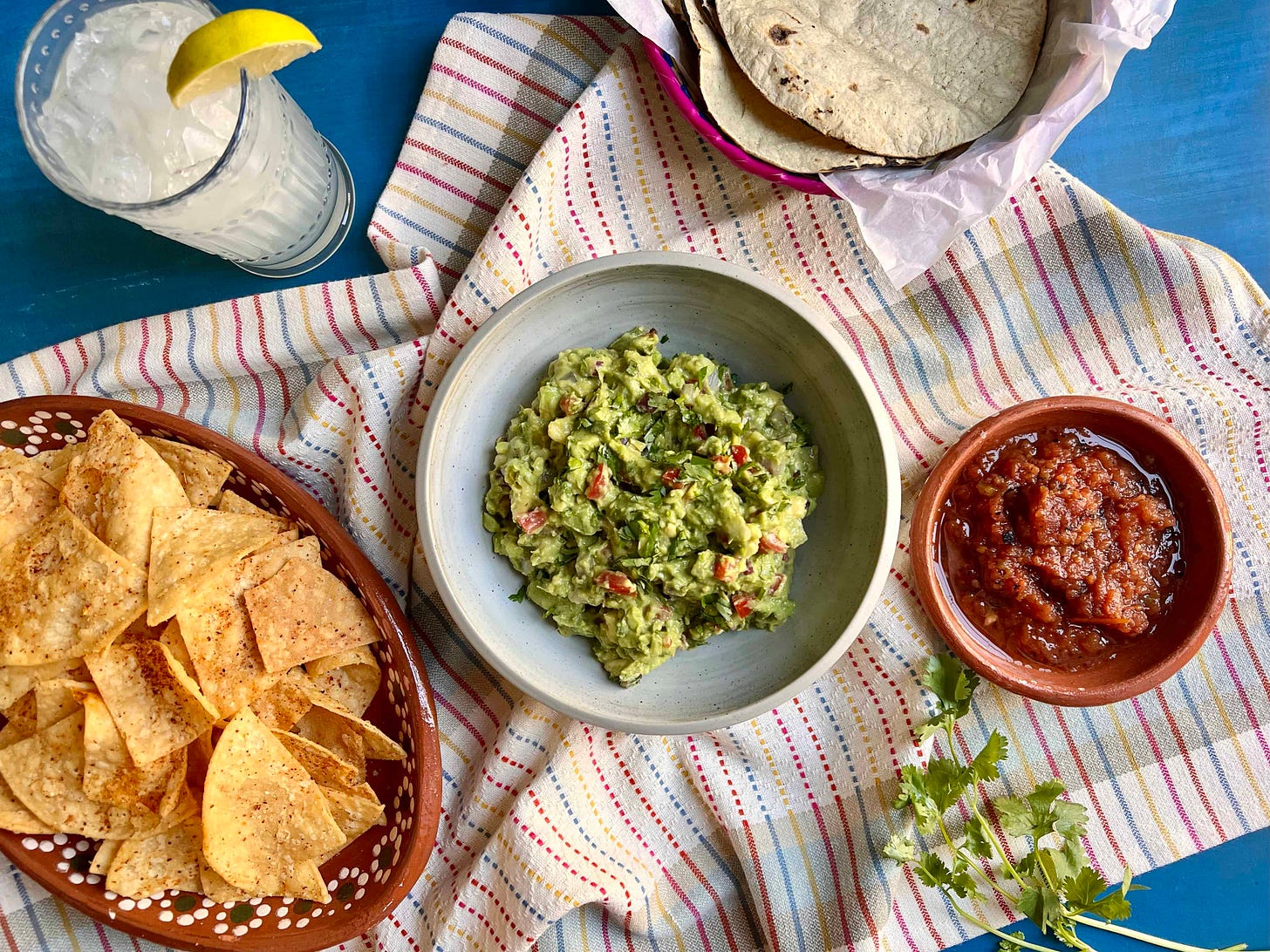YOUR GAME DAY GAME PLAN FOR SUNDAY
Hi friends! All eyes are on the Super Bowl this weekend, and even if you don’t care about who’s playing, you gotta eat!! This week, Elizabeth is taking us on a Barbecue Tour de Force with her Kansas City Style Ribs and if you’re not up for smoking a rack or two, don’t worry, we’ve got more Game Day Recipes than Philly has cheesesteaks! All your faves are linked below.
KC-STYLE RIBS
EK: What better day to celebrate Kansas City Style Ribs than this year‘s Super Bowl?
AU: The only thing better would be chillin’ with Taytay in a box at the Super Dome! Those look so juicy and tender, I can taste ‘em through the photo!
EK: If you’re a barbecue aficionado, you know that Barbecue is known by its regional styles:
For example, you would have to go to Kansas City to experience KC-Style Ribs, or you would have to go to Texas to experience Texas-style Brisket or Texas-style Beef Ribs, and let’s not forget my home state of North Carolina, where people used to travel, particularly to Lexington, North Carolina to experience barbecue pork dipped in a vinegar sauce.
Regional Barbecue is defined by specific cuts of meat, smoking techniques, the way the meat is seasoned, rubbed and sauced— or not sauced.
Today Barbecue has become so popular that you’re likely to find all the regions of Barbecue in your town.
AU: And don’t forget about the evolution of Barbecue. So many pitmasters are putting their own spin on regional barbecue, like Moo’s Craft Barbecue in LA, which is Texas barbecue with a Mexican accent. Or Michael Symon’s Mabel’s BBQ, which serves “Cleveland Style BBQ” with German influences.
EK: Yes, there is so much creativity in the Barbecue world! The main regions of traditional American Barbecue are Kansas City, Memphis, West Tennessee, Western North Carolina, Eastern North Carolina, Central Texas, East Texas, South Texas, Georgia, South Carolina, Alabama, Kentucky, Chicago, St. Louis, and today, both central California (known for Santa Maria style barbecued tri-tip), and Hawaii (known for Hawaiian Kalua pork) are included on most lists.
Kansas City is known for its signature ultra-thick sweet sauce that is tomato forward with lots of brown sugar and spices. Kansas City has a saying that they “barbecue anything that moves,” but I associate them mostly with ribs. These days, they are also associated with burnt ends.
Back when regional barbecue was firmly stuck in their own regions, baby backs were king, and then people moved onto the St. Louis cut because it was a meatier rib and the flat rectangular shape makes it easy to cut.
But there is nothing like a baby back rib—especially if it’s a meaty (pork loin) back rib.
Both Anthony and I moved onto the St. Louis cut because we like our ribs with a lot of meat on the bone!
EK: But I really wanted to make KC-style baby backs and I was thrilled to see that Smithfield is packing “extra-meaty” pork loin back ribs. So that’s what I used for this cook.
AU: What a find! I bet they were a nice balance between the big St. Louis ribs and traditional Baby Backs.
EK: Exactly! This cut might just be the perfect rib!
The defining factor with Kansas City style ribs is that you have to slather them in a sweet tomato based barbecue sauce. Most of the time I like to make my own barbecue sauce, but when I’m making Kansas City style ribs, I always use a store-bought sauce and doctor it up. After all, that is generally what the competitors on the Barbecue circuit do.
The process of cooking the ribs is the same as we wrote in detail about in our Cross-Country Rib Off, so I am not focusing on the cooking steps here. You can refer to our recipes for specific instructions.
AU: So Elizabeth, I gotta ask you, what do you look for in a store-bought bbq sauce?
EK: I always read the ingredients of any store-bought sauce that I buy. That will tell me a lot about what the sauce taste like even before I tasted it.
HOW TO CHOOSE A STORE-BOUGHT SAUCE:
Look for a balance of sweet (such as brown sugar, molasses, honey) and savory (such as tomato, onions), tart (vinegar)
There should be something salty (such as salt, Worcestershire sauce, anchovies, soy sauce) in the ingredient list.
If there is liquid smoke, make sure it is one of the last ingredients in the list, so that you taste the smoke of your barbecued meat cooked over wood, and not the liquid smoke flavor in the sauce.
EK: These were my top 3 picks. The Kinder’s appealed to me because of the simple ingredients and the squeeze bottle, The bettergoods brand is the high-end private-label from Walmart and I have been very impressed by everything that I have tried and the ingredient label was also simple, and very similar to Kinder’s. Finally, Sweet Baby Ray’s has been my go-to for years. I even packed it in my suitcase for my barbecue adventure in Slovenia!
AU: So now this begs the question, how do you doctor it up??
EK: Well, I’m so glad you asked, because there’s a handy chart in my book Soaked, Slathered, and Seasoned!
EK: Almost everyone doctors their store-bought sauces. The better the sauce, the less you need to doctor-it up, but everyone’s taste is different and it is a lot of fun to experiment with adding flavors to your favorite store-bought sauce.
EK: I generally doctor up the sauce and turn it into a “mop”, so that I get a really nice sticky glaze on the ribs that’s cooked-in and nicely-caramelized during the final hour of smoking the ribs. Mops are a competition barbecuer’s secret weapon. The thin, savory-sweet liquid is “mopped” on the meat to add moisture to the food during the long slow, barbecuing process.
The easiest way to make a mop is to thin out your favorite barbecue sauce with water, beer, soft drinks or fruit juice until the consistency is a thinner liquid. If the sauce needs some sweetness, I like using Hot Honey or plain honey because the honey caramelizes very well during cooking.
AU: So out of the sauces above, which reigned supreme??
EK: I generally default to Sweet Baby Ray’s original sauce, and I was surprised to see just how many flavors of SBR there are now that it is owned by Ken foods. I still think the original white label is the best, but I have a new favorite! Kinder’s.
When I was at the store looking at the barbecue sauces I was drawn to Kinder’s BBQ sauce, especially since it comes in a really high-quality squeeze bottle. The squeeze bottle makes it easy to squeeze directly on the ribs before you brush them, and it also makes it easy to serve. When I looked at the ingredients for Kinder’s, I was impressed that tomato purée, brown sugar, vinegar, white sugar and salt were the predominant ingredients. There was also Worcestershire sauce and a few seasonings in the Kinder’s. These are the ingredients that I would use when making a sauce from scratch.
I was surprised when I read the ingredients of Sweet Baby Ray’s, which I hadn’t done in a long time, that the very first ingredient was high fructose corn syrup. The second ingredient was distilled vinegar followed by tomato paste and cornstarch. The rest of the ingredients were less than 2% of the total.
This was a big disappointment because, at the top of the list of what I don’t like in a BBQ sauce, is high fructose corn syrup! And being the #1 ingredient means that the sauce is made up of HFCS more than any other ingredient!
I also don’t like a high percentage of liquid smoke, or too much heat or spice, because your rub is going to have a lot of spice, and you can always add more, but you can’t take it away.
EK: If you make these ribs, try this Sweet Kansas City Rub recipe.
Kansas City Barbecue Rub
½ cup packed brown sugar
2 tablespoons kosher salt, preferably Morton
2 tablespoons sweet paprika
1 tablespoon coarse-ground black pepper
1 tablespoon ground white pepper
1 tablespoon onion powder
1 tablespoon granulated garlic
1 tablespoon dry mustard
1 tablespoon honey powder
1 teaspoon good-quality chili powder
1 teaspoon ancho chile powder
Pinch of cayenne pepper
In a medium bowl, combine all ingredients and mix well. The rub will keep in an airtight container for up to 6 months.












